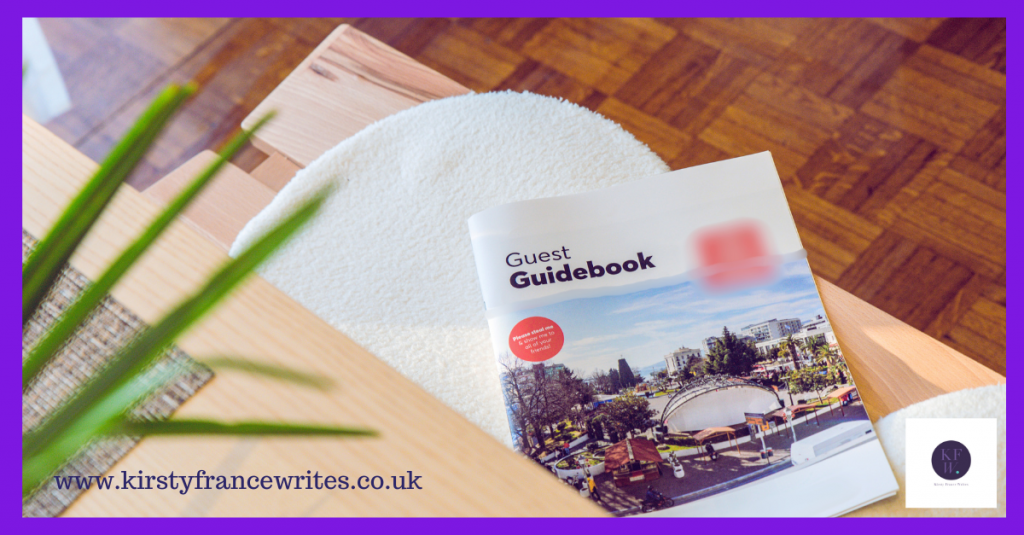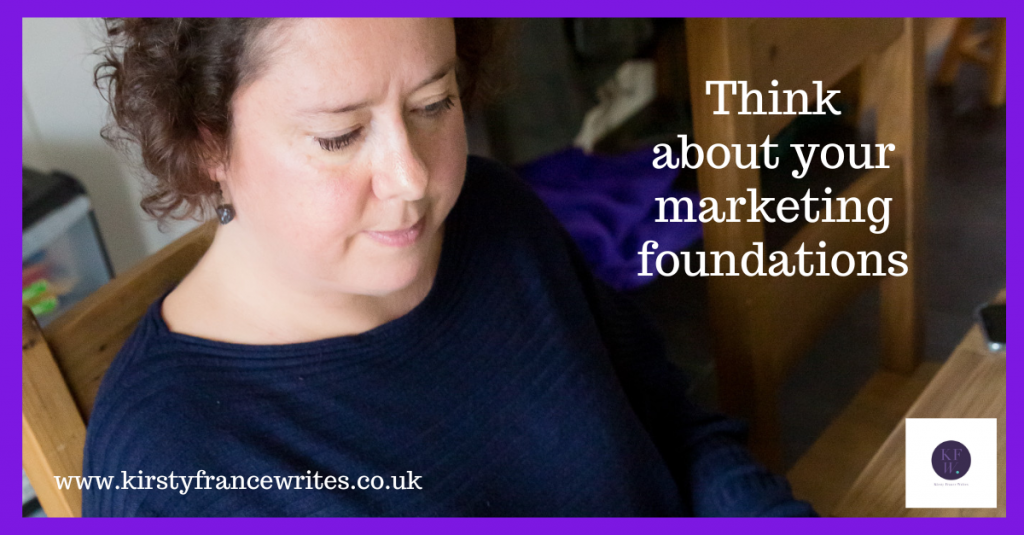
It’s easy to feel intimidated when you compare yourself to people who know more than you or have more experience. You wonder why anyone would pay you for anything when far more impressive people offer the same service. It holds you back. You think you won’t succeed because there’s always someone better, so you don’t shout about what you do. You don’t talk about what you’re good at or share your knowledge because someone else has already written about it. I know because I’ve been there. On a bad day, I still think like that.
Here are four reasons why you need to stop holding yourself back and share your knowledge in your marketing.
You know more than you think
A couple of months ago, I was at a business expo and was chatting with someone I vaguely recognised on a marketing agency stand. I mentioned I was a copywriter, and he said, “Great, me too! Do you want to do an interview? We can geek out about copywriting.” Then I saw he was pointing to a nearby camera. Gulp. I have to psych myself up to go on camera anyway, but with another copywriter? What if I showed myself up? But I’m in my getting out of my comfort zone era, so I said yes. It was a great chat. There were a couple of questions where I thought of much better answers after it was all over, but that’s life.
I surprised myself, and if you sit down to think about how much you know, I think you will, too.
You know your customers
You’re the boss, and you get to decide who you want to work with and market to. I know that can be hard to hear when you’re starting out and just need to make some money, but over time, you’ll learn who your people are. Then, you can start talking to them in your marketing. Knowledge isn’t just about your work. It’s about people. The way you write and the images you choose can speak to the clients you want to work with and help you attract more of them.
You have skills other people don’t
Once you realise you know more than you think, you work out that not everyone has the same knowledge and skills as you. A graphic designer could explain all the principles of great design to me, but I’d never be able to produce the same quality work as them because my brain doesn’t work that way. Everyone has different talents. You might be great at making jewellery, or photography, or getting people organised and love doing it.
Sharing your skills and knowledge helps you reach people who’d rather stab themselves with hot pokers than do their own bookkeeping or haven’t got time to roam the high street in search of a great gift.
People need you
At some point, you’ve assumed your knowledge isn’t worth sharing anywhere because it’s too basic and obvious to bother writing about. Either that or someone who’s more of an expert has covered it already. The thing is, it isn’t obvious to the people who need you. You’re comparing yourself to other people in your industry and not to your clients. People buy from you because of who you are and not just what you know. It doesn’t matter if they can get the same information somewhere else. Hearing it from you lets them know that you have the knowledge to help them and that you’re their kind of person, and that’s what matters.
Ready for a chat?
If you need a copywriter to be your cheerleader and help you share your knowledge, let’s have a chat. When you work with me, I’ll get to know you and your business and write content that sounds like the best version of you and that your audience will love. Email me to arrange a chat or book a Zoom call to find out more.
Alternatively, sign up for my mailing list, and I’ll send you a free copy of my eBook with fifty (yes, 50) topic ideas for your marketing as a thank you.








